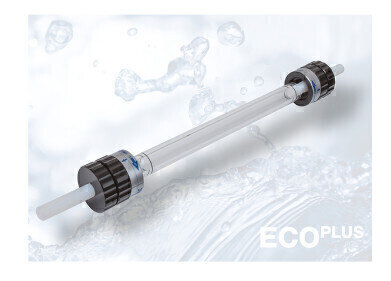Bioanalytical
Can Chromatography Expose False "Grass Fed" Claims?
Feb 19 2018
Among the many adjectives you find on food labels — free-range, organic, protein enriched, natural — is a relatively new one. Grass fed. This label can apply to products produced from cattle — beef and milk. But, as with any product where there is a profit to be made, some unscrupulous agent will be fraudulently misrepresenting the product.
Food adulteration is a major problem, and legitimate producers spend millions trying to safeguard their products and reputations. But how do you make sure that one of the staple products on our table — milk — is from grass fed cattle? Chromatography currently has the answer.
Does grass feeding make a difference?
But don’t all cows eat grass you might ask. Well yes, but not all the time and when it comes to correctly labelled food — this makes a difference. For example, in the US, cows that produce milk that is classed as organic or grass-fed must have at least 120 days per year in open pasture, with fresh grass making up a significant proportion of their diet. And this matters to consumers as we become more critical and questioning of the foodstuffs we eat and drink and how they are produced.
Research suggests that grass-fed cows produce milk and beef chemically different to cows fed on grain. It has been reported that grass-fed cows have a higher percentage of beneficial fatty acids in their milk — omega-3 fatty acids and conjugated linoleic acid — than conventional milk. But there is still a debate over whether this really matters to the consumer in terms of health benefits. But one way it does matter is whether the consumer is being lied to, as this affects the consumer’s trust in farming and the food industry.
Chromatography spots the fake grass
Typically, the best method to use to analyse milk samples for fatty acid content is gas chromatography. The use of gas chromatography to analyse foodstuffs is discussed in the article, How Safe is Safe? Analytical Tools for Tracing Contaminants in Food. GC has been used to show that typically, milk from grass-fed cows has above 1g/100g of conjugated linoleic acid (CLA) versus 0.5g/100g CJA in conventional milk. Whereas for linoleic acid, milk from grass fed cows is 2.5g/100g but conventional milk is closer to 4g/100g linoleic acid.
But chromatography now has a challenger in analysing where your daily pinta comes from. A recent paper in the Journal of Agricultural and Food Chemistry reports on a new spectroscopic method that might be cheaper and easier than traditional chromatographic methods. The method relies on measuring the quantity of chlorophyll metabolites in the milk — and the initial results are promising.
But does it matter? Well it might if you want to have a say in what you eat. With the UK set to leave the EC — what food safeguards will be in place to protect consumers from being fed confusingly labelled food?
Events
Jan 20 2025 Amsterdam, Netherlands
Feb 03 2025 Dubai, UAE
Feb 05 2025 Guangzhou, China
Mar 01 2025 Boston, MA, USA
Mar 04 2025 Berlin, Germany













